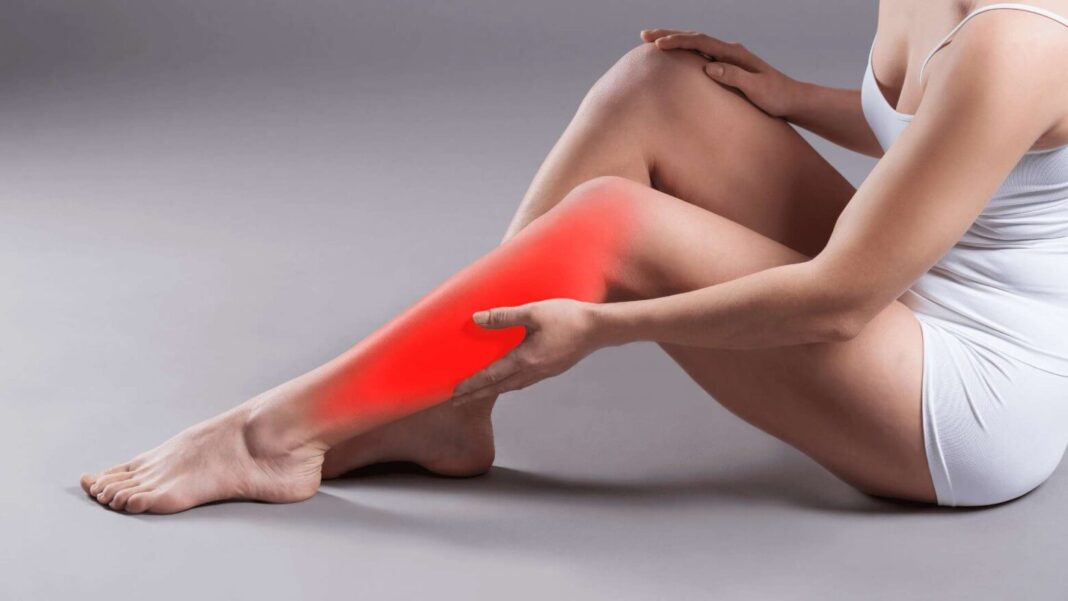Shin splints refer to acute pain in the lower leg at the shin bone caused by strenuous physical activities. Repeated stress on your bones can result in pain, which can hinder you from running and participating in physical activities. Small cracks on the shin can cause inflammation which can prompt you to seek help at a foot and ankle institute. Here are six ways a podiatrist can help treat shin splints:
1. Ice Therapy
A podiatrist can first assess your shin and ask you about your symptoms. This expert can begin ice treatment on your leg to reduce swelling and pain. Ice therapy can be done after a couple of minutes by wrapping ice in a towel.
Your doctor can recommend you continue ice treatment at home whenever you feel discomfort in your shin. Icing can contract blood vessels and slow down circulation, resulting in decreased inflammation.
2. Physical Therapy
Physical therapy is another form of treatment a podiatrist can use to help reduce shin splints. A qualified therapist can give you exercises to stretch and strengthen muscles in your lower leg. Such exercises tend to strengthen your ankle and core muscles to foster healing in your shin. Other forms of physical therapy a podiatrist might use include:
- Soft tissue massage: This treatment can decrease pain and swelling.
- Pulsed ultrasound: It can increase circulation and reduce inflammation.
- Ultrasound with medicated gel: This treatment can be useful for reducing pain in your shin.
Exercises that might help treat your shin include squats, heel raises, and reaching exercises. Hands-on massages on the affected area can boost blood circulation and minimize swelling.
3. Orthotic Therapy
A podiatrist can prescribe custom orthotics after evaluating your feet, legs, and ankles. Orthotics are shoe inserts or insoles that are designed to support your feet and lower stress on your shin bone. Orthotics can be soft to provide sufficient cushioning for painful shin splints.
A sports podiatrist at a foot and ankle institute can advise you to wear comfortable shoes to help reduce shin splint inflammation. The right shoes can anchor foot arches and reduce strain on your lower leg muscles. Wear well-fitting and properly-cushioned shoes to help prevent the risk of injuries and support your feet.
4. Medications
Your doctor can prescribe over-the-counter painkillers to help ease inflammation and pain in your shin bone. You can take non-steroidal anti-inflammatory drugs, such as:
- Ibuprofen
- Acetaminophen
- Naproxen
Follow instructions when taking your medications and take the drugs after a couple of hours as prescribed. If you have any underlying health conditions that may prevent you from taking these pain relievers, inform your podiatrist.
5. Surgery
If shin splints don’t respond to conservative treatment, surgery can be an option. A podiatric surgeon can perform a fasciotomy. This procedure involves making cuts in the fascia tissue surrounding your calf muscles.
Fasciotomy can potentially reduce the pain that shin splints cause. You might experience mild pain after the surgery, but it wears off after a couple of weeks. Checkups can be crucial to monitor your healing progress.
6. Activity Modification
A podiatrist may suggest you rest and reduce physical activities to help with healing shin splints. You might need to reduce the length, intensity, and frequency of your activities to prevent injuries after surgery and other treatment options.
If you experience severe muscle pain, refrain from workouts until you heal. Try low-impact activities, such as walking, swimming, and stationary cycling. When your pain stops or improves, slowly resume your exercise routine.
Read Also: Benefits of Using Skincare Toner
The Importance of Shin Splints Treatment
When you seek treatment for shin splint pain, a podiatrist can suggest therapy and medication to help treat your shin. This can eliminate discomfort and an X-ray can detect other issues within your leg or foot. If you are an athlete, treatment can be key to helping you exercise pain-free. Straining your legs and not seeking treatment might cause more harm.
Get Treatment at a Foot and Ankle Institute
If you have mild or intense pain in your shins, visit a podiatrist immediately. This professional can perform a physical exam, scans, and X-rays to determine the cause of the problem. You can get personalized treatment depending on the severity of the shin splints to help you fully recover and resume normal activities.


